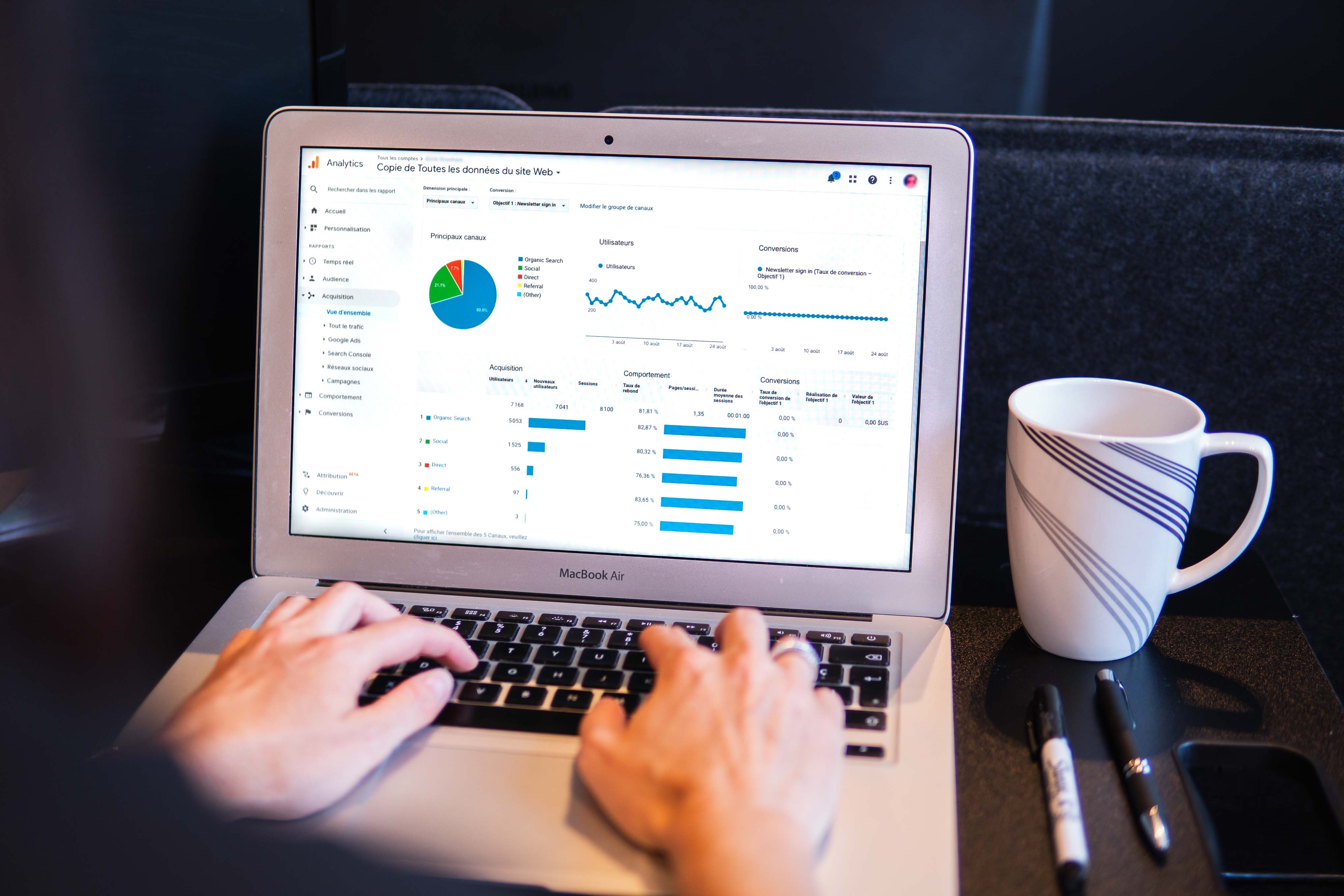Conversion Rate Optimization: Increase Revenue Without Increasing Ad Spend


By Jessie Hackett
Here’s a secret most people don’t know.
I’ll break it down with simple math so you can use the formula with data from your own Shopify dashboard.
For example...
In the last 30 days, there were 30,000 sessions on your online store (a session is a period of continuous activity from a visitor, not a bouncer).
Your online store conversion rate is 1%.
Your average order value is $100.00.
To find the number of store sessions that converted = (sessions x conversion rate)
So, the number of store sessions that converted (purchased) = 300.
If you multiply the number of converted sessions by the AOV (average order value).
300 purchases x $100 AOV
You would find that you made $30,000 in sales.
If we increased the conversion rate by 0.10% to be 1.10% and kept traffic exactly the same…
You would make 330 purchases with $33,000 in total sales.
An increase of $3,000 or 30 purchases.
If you increase your conversion rate by more, let’s say 1.5% total, you could be making $45,000 instead of $30,000.
An EXTRA $15,000.
WITHOUT increasing traffic to your website.
Imagine if your conversion rate was 3%? You could be making $90,000 from the same traffic to the site!
If you’re interested in seeing how we can increase your conversion rate, get in touch with us below!
Why brands choose MAIUS
Brands come to us for predictable growth, transparent reporting, and a team that actually cares about performance. No long contracts, no jargon. Just better results.



































.jpg)




























































